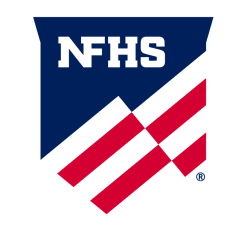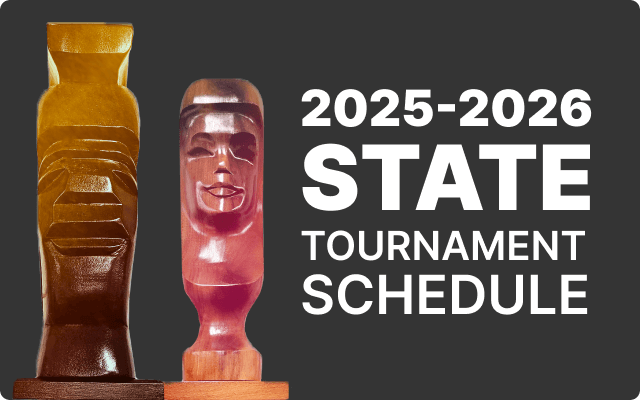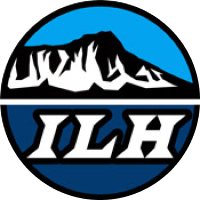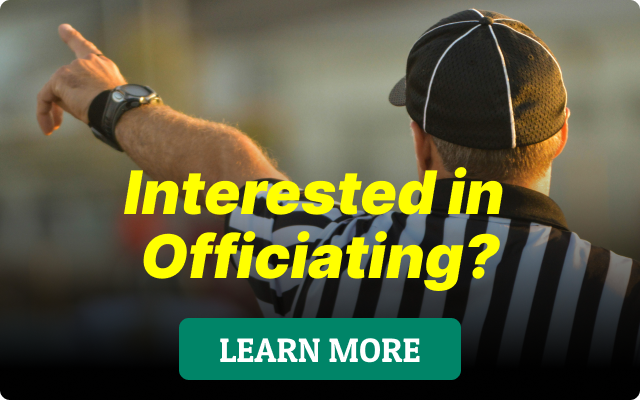
NFHS, AMSSM Update Guidance for Assessing – Before Sports Participation – Potential Cardiac Issues in High School Student-Athletes with Prior COVID-19 Infection
- Athletes with asymptomatic infections or only mild symptoms (e.g., common cold-like symptoms without fever, gastrointestinal symptoms or loss of taste/smell) do not require additional cardiac testing unless clinically indicated. Athletes should be at least 3-5 days from the onset of symptoms or have a positive COVID-19 test before beginning an exercise progression.
- Additional cardiac testing (e.g., ECG, TTE, troponin) should be considered in athletes with moderate symptoms (e.g., fever >100.4°F, chills, flu-like syndrome for ≥2 days) or initial cardiopulmonary symptoms (e.g., chest pain, dyspnea, palpitations). Athletes with remote infections and moderate symptoms >3 months ago who never received a work-up but have returned to full activity without symptoms do not need additional cardiac testing. It is recommended athletes are at least 5-7 days from the onset of symptoms and that moderate symptoms are resolved before starting an exercise progression.
- All athletes with SARS-CoV-2 infections should be closely monitored for new cardiopulmonary symptoms as they return to exercise. Athletes who experience cardiopulmonary symptoms when they return to exercise (e.g., exertional chest pain, excessive dyspnea, syncope, palpitations or unexplained exercise intolerance) should undergo additional cardiac testing (e.g., ECG, TTE, troponin) if not already performed and be evaluated by a cardiologist with consideration for a cardiac MRI or other investigations as indicated.
- The return-to-sport progression and timeline should be individualized and based on numerous factors including baseline fitness, severity and duration of COVID-19 symptoms, and tolerance to progressive levels of exertion. Most athletes will require a graded progression over at least a few days. Absent special indications, a prolonged return-to-sport timeline is not supported by evidence and further restriction from sports participation can contribute to detraining, increased injury risk and mental health concerns.
- Additional history questions during a routine Preparticipation Physical Evaluation (PPE) should address whether the athlete had a COVID-19 illness. If yes, consider clarifying the symptoms and when they occurred, and if the athlete is experiencing any new symptoms with exercise, especially chest pain.
# # #
About the National Federation of State High School Associations (NFHS)
The NFHS, based in Indianapolis, Indiana, is the national leadership organization for high school sports and performing arts activities. Since 1920, the NFHS has led the development of education-based interscholastic sports and performing arts activities that help students succeed in their lives. The NFHS sets direction for the future by building awareness and support, improving the participation experience, establishing consistent standards and rules for competition, and helping those who oversee high school sports and activities. The NFHS writes playing rules for 17 sports for boys and girls at the high school level. Through its 50 member state associations and the District of Columbia, the NFHS reaches more than 19,800 high schools and 12 million participants in high school activity programs, including more than 8 million in high school sports. As the recognized national authority on interscholastic activity programs, the NFHS conducts national meetings; sanctions interstate events; offers online publications and services for high school coaches and officials; sponsors professional organizations for high school coaches, officials, speech and debate coaches, and music adjudicators; serves as the national source for interscholastic coach training; and serves as a national information resource of interscholastic athletics and activities. For more information, visit the NFHS website at www.nfhs.org.









